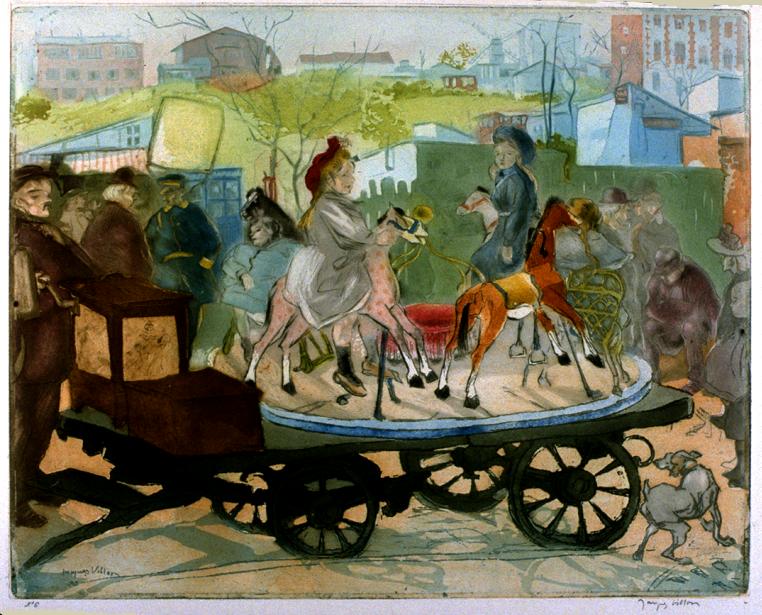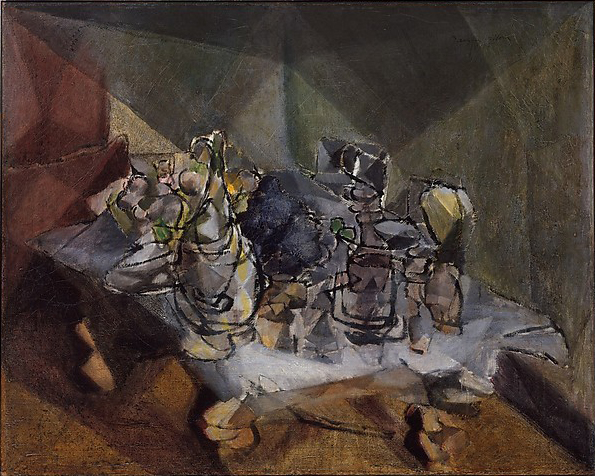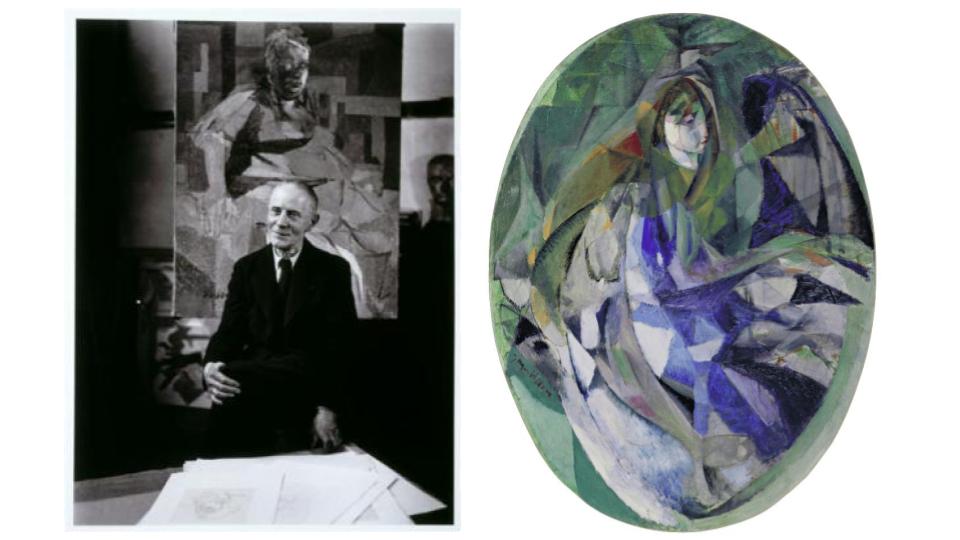31 July’23, ON THIS DAY
Jacques Villon also known as Gaston Duchamp was born on 31 July 1875, in Damville, Mesnils-sur-Iton, France was an enigmatic figure whose artistic brilliance left an indelible mark on the world of modern art. A prominent figure in the early 20th-century avant-garde movement, Villon’s artistic journey navigated through diverse styles, from Impressionism to Cubism. In this article, we delve into the life, achievements, and artistic innovations of Jacques Villon, celebrating his invaluable contributions to the art world.
Early Life and Background

Born on July 31, 1875, in Damville, France, Jacques Villon belonged to an illustrious artistic family that included his brothers Marcel Duchamp, the renowned Dadaist artist, and Raymond Duchamp-Villon, a prominent sculptor. Their upbringing in a creative environment undoubtedly influenced their artistic pursuits.
The Emergence of a Pseudonym
In the early years of his career, Villon painted under his birth name, Gaston Duchamp. However, in 1903, seeking to establish a unique artistic identity, he adopted the pseudonym “Jacques Villon.” The name change marked a turning point in his artistic journey and laid the foundation for his future accomplishments.
The Evolution of Style: From Impressionism to Cubism

Villon initially embraced Impressionism, displaying a talent for capturing luminous landscapes and delicate color variations. However, as the 20th century unfolded, he became captivated by the radical art movement of Cubism. Under the influence of Pablo Picasso and Georges Braque, Villon transitioned to Cubism, redefining his artistic language.
Pioneering in Cubism
Villon’s contributions to Cubism were significant, particularly his explorations in printmaking and innovative techniques. He became a prominent member of the Section d’Or, a group of Cubist artists seeking to push the boundaries of traditional artistic norms. His exceptional skills in etching and engraving earned him admiration from peers and critics alike.
A Distinguished Printmaker
Jacques Villon’s mastery as a printmaker was unparalleled. He experimented with complex techniques such as aquatint and drypoint to create intricately detailed prints. His portfolio includes striking series like “Eiffel Tower” and “Les Demoiselles d’Avignon,” which showcased his exceptional artistic vision and technical prowess.
Later Career and Recognition
As Villon’s reputation grew, he received numerous accolades, including prestigious awards and exhibitions in Paris and beyond. His works were featured in prominent galleries and museums, solidifying his place among the artistic elite.
Legacy and Influence

Jacques Villon’s legacy continues to inspire generations of artists worldwide. His dedication to experimentation and bold artistic expressions laid the groundwork for future art movements. He remains an essential figure in the narrative of modern art, with his innovative contributions continuing to captivate art enthusiasts and scholars.
Conclusion
Jacques Villon’s artistic journey remains an evidence to the power of art. From his early days as Gaston Duchamp to his pioneering role in the Cubist movement, Villon’s remarkable evolution as an artist left a lasting impact on the art world. As we celebrate his artistic genius, we recognise his lasting influence on the trajectory of modern art and the eternal allure of his masterpieces.





